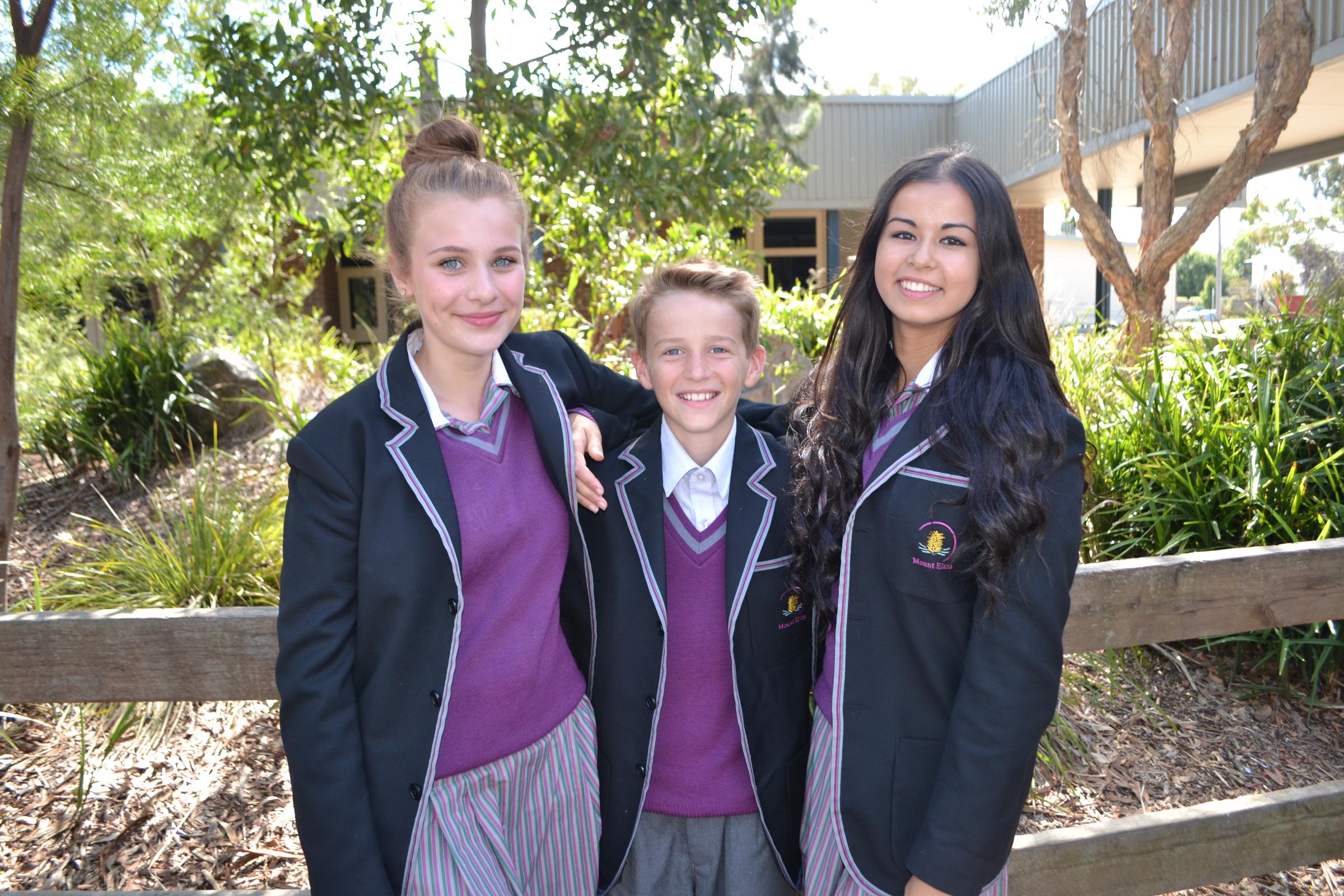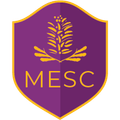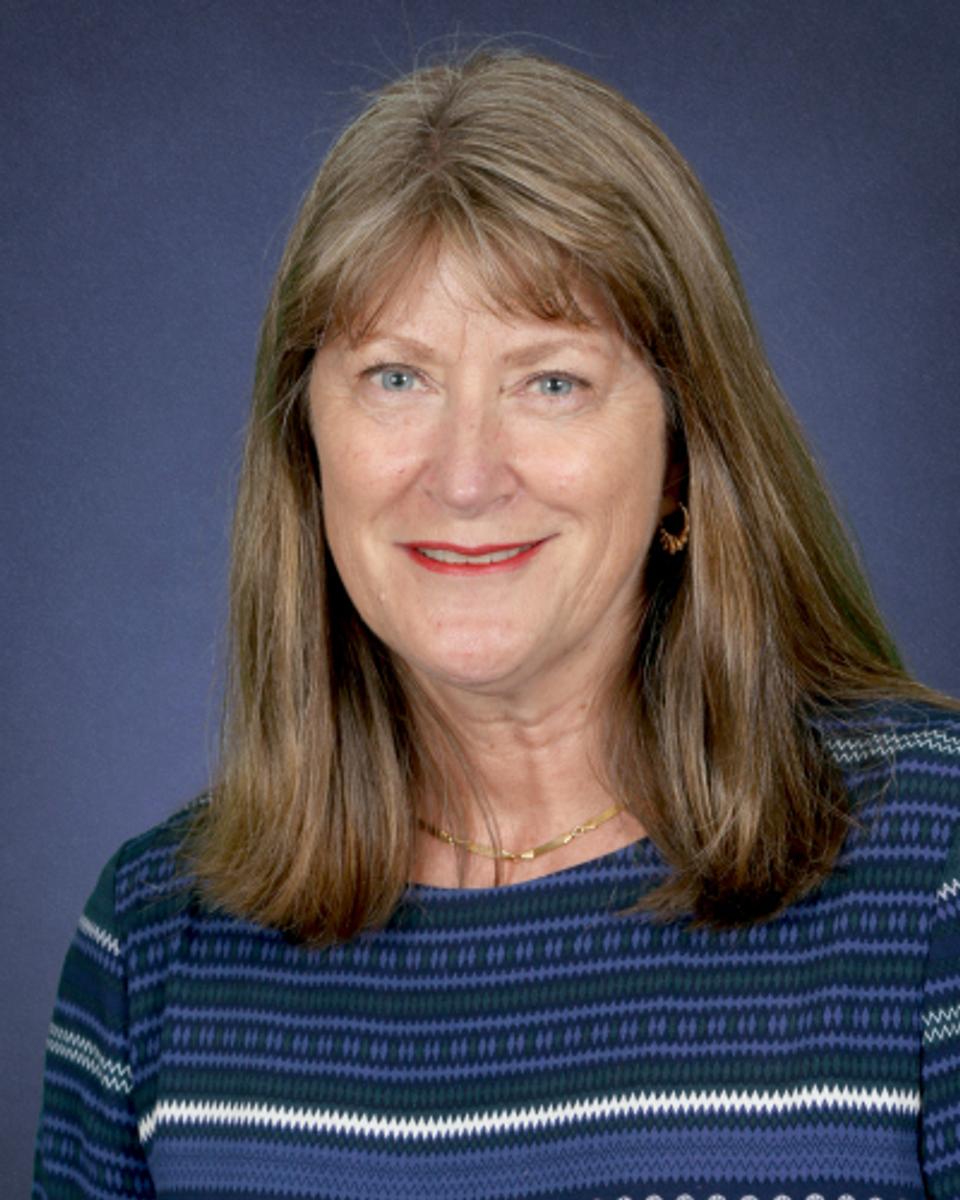PRINCIPAL'S REPORT

Dear Parents and members of the Mount Eliza Secondary College Community
At the end of last week I attended a compulsory symposium organised by the Department of Education, for all principals in the South Eastern region of Victoria. We had the opportunity to hear from the Minister James Merlino, the Secretary Gill Callister, Deputy Secretaries Bruce Armstrong and Katie Haire, and system leaders from the UK and Canada.
The focus for the days was on system reform, and the government’s Education State agenda, which all schools are expected to implement. The research that sits behind this agenda is extensive and very well founded, and requires principals to not only improve learning outcomes for students in their own schools, but to contribute to the success of other schools through working collaboratively.
For MESC this involves working with twenty five primary and secondary schools in the local area, and as Network Chair, it is my role to lead and support other principals in their work. It was extremely rewarding and reaffirming to hear from the experts about what outstanding practice looks like, and to know that we are leaders in this work in our area. Programs such as IDEEA lab, and our approaches to teaching groups of students based on their learning needs rather than their age, are a few examples.
I am often in conversations with parents and those considering future enrolment regarding our programs, and would like to address a few frequently asked questions:
Why are some classes combined in different year levels [for example 9/10 English and Maths]?
The Victorian Curriculum is designed as a continuum of learning, from pre-Foundation, right through to Level 11. It is well understood that students can be operating at any point along that continuum, and to assume that just because a student is in year 7 they will be working at Level 7 is a nonsense. That means that for teachers, each individual student must be known and supported at their own particular level. This challenge exists whether the class contains all sixteen year olds, or a mix of ages. Sometimes, when students are grouped across two traditional age based year levels, and their classes run simultaneously, it allows teachers greater flexibility to work together to ensure that students can be grouped flexibly, as they move through the curriculum. The old approach of all students at a year level doing the same thing in the same way was certainly easier for teachers, but it meant some students remained unchallenged, and others moved through school with gaps in their learning.
In some classes my child has a number of different teachers. This seems like a problem.
When learning in school looked like the teacher standing in front giving information to students to copy down and memorise, this approach was the norm. Now we know our young people need to show independence. They need to discuss ideas and concepts with others, solve problems and make decisions, and most importantly, they need to learn how to work with many different people. Whilst there can be a great deal of security in having the one teacher for the whole semester or year, this can sometimes interfere with the development of those skills. And if a student and a teacher don’t ‘gel’, then it is a long time to be stuck in that situation. Having some changes of teachers in some classes provides a good balance for students and enables them to grow and develop whilst retaining some security. Our job is not just to work toward success whilst at school, but in life.
Why do students spend large amounts of time in the IDEEA lab program at years seven and eight?
IDEEA lab is based on our belief in the limitless potential of the young people in our community. The IDEEA Lab is a model of Expansive Education that empowers students to imagine, discover, empower and engage and act upon their own learning experiences in response to real world issues, passions, and problems. The program inspires and supports our students to take active responsibility for the world in which they live. Underpinning this process is the development of student capabilities and emotional intelligence both of which are key components of the Victorian Curriculum. The IDEEA Lab model of learning has been developed to empower students to pursue their own passions or lines of inquiry with guidance from their Lab Mentor, but, without the boundaries and inhibitions of an explicitly teacher driven classroom program. It is a challenging program for students, because it requires them to think independently and deeply about what they value, and it supports all other areas of their curriculum through the development of skills that are essential to learning.
We are very proud to be devoting time to building a culture of social responsibility, ethical understanding, and Science/Technology/Engineering/Maths learning with ‘real world’ experts, whilst continuing to be one of the highest performing government education providers in the broader Frankston and Peninsula areas.
Please feel free to email me with other questions you might like answered, and best wishes to all for the term break.
Angela Pollard
Principal

